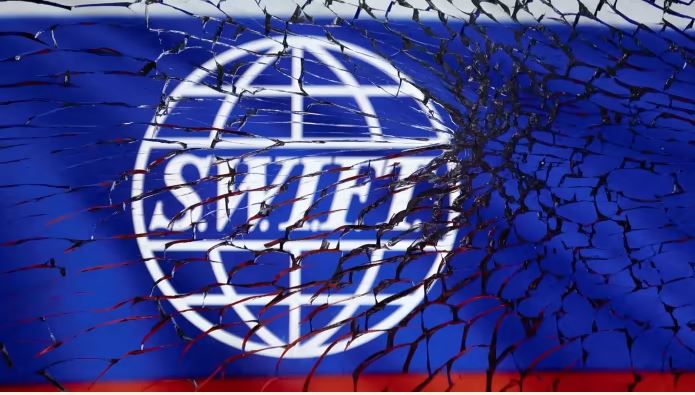
The CEO of MasterCard, Michael Miebach, stated at a conference the other day that SWIFT might no longer exist in next five years.
Miebach was part of a panel on central bank digital currencies (CBDCs) at the World Economic Forum (WEF) but, as Shashank Bhardwaj writes on Forbes, once the panel was over a Mastercard spokesperson downplayed Miebach’s statement in an email:
“Let us clarify the intent of the on-stage comment, as it’s not as simple as a yes or no answer. Michael was simply reinforcing what SWIFT has previously said – their operations continue to evolve. Its current form will not be the same in the future. They are adding more functionality and moving past just being a messaging system.”
Whoops. Did Miebach make a gaff or what? After all, in five years’ time MasterCard and Visa might not be around. The keyword is might. We don’t need SWIFT, MasterCard or Visa in the days today of cryptocurrencies and P2P payments. But that statement is naïve because you have to have critical mass and, in all three cases, these networks not only have critical mass but also density, volume, value, history, trust and network effects.
Therefore, they may appear to be easy targets for new payments firms, but they are not disappearing in the next few years. In fact, in the case of SWIFT, I’ve heard this statement for over 25 years, and they’re still here.
The real challenge is innovation. I got pushback from SWIFT after I blogged they weren’t innovating enough, but I wrote that with serious intent as I hadn’t seen enough innovation.
In particular, I’ve had a running debate with Nick Kerigan, Head of Innovation at SWIFT about this. He came out with a statement in April saying that CBDCs ‘could be a major force’ in the near future.*
I dissed him a bit for saying could all the time and not saying will. His response was that SWIFT is trialling the ability for banks to trade CBDCs across border using SWIFT, but it’s experimental at this stage. Of course it is. Everything CBDC is an experiment right now but, in five years, it will not be. It’s not a could, it’s a will.
Meantime, it’s easy to take a pop at Visa and MasterCard for not innovating enough, but then they’ve both been acquiring FinTech wings over the past few years. Visa has acquired firms like Tink, Earthport and Currency Cloud; MasterCard has acquired firms like VocaLink, Finicity, Nets and Aiia.
Purely acquiring functionality is not the game however. The game is creating an innovation refresh at the core. Equally MasterCard and Visa are different to SWIFT, as they are public companies rather than being a cooperative network.
Either way, the challenge is how to innovate and refresh to be digital at the core. How to create a payments business that looks as though it was born digital. The challenge is the same for all three and, if they fail, then all three might not exist in five years. That includes your business, Michael Miebach.
* Latest news on SWIFT’s CBDC experiment here
Chris M Skinner
Chris Skinner is best known as an independent commentator on the financial markets through his blog, TheFinanser.com, as author of the bestselling book Digital Bank, and Chair of the European networking forum the Financial Services Club. He has been voted one of the most influential people in banking by The Financial Brand (as well as one of the best blogs), a FinTech Titan (Next Bank), one of the Fintech Leaders you need to follow (City AM, Deluxe and Jax Finance), as well as one of the Top 40 most influential people in financial technology by the Wall Street Journal's Financial News. To learn more click here...

